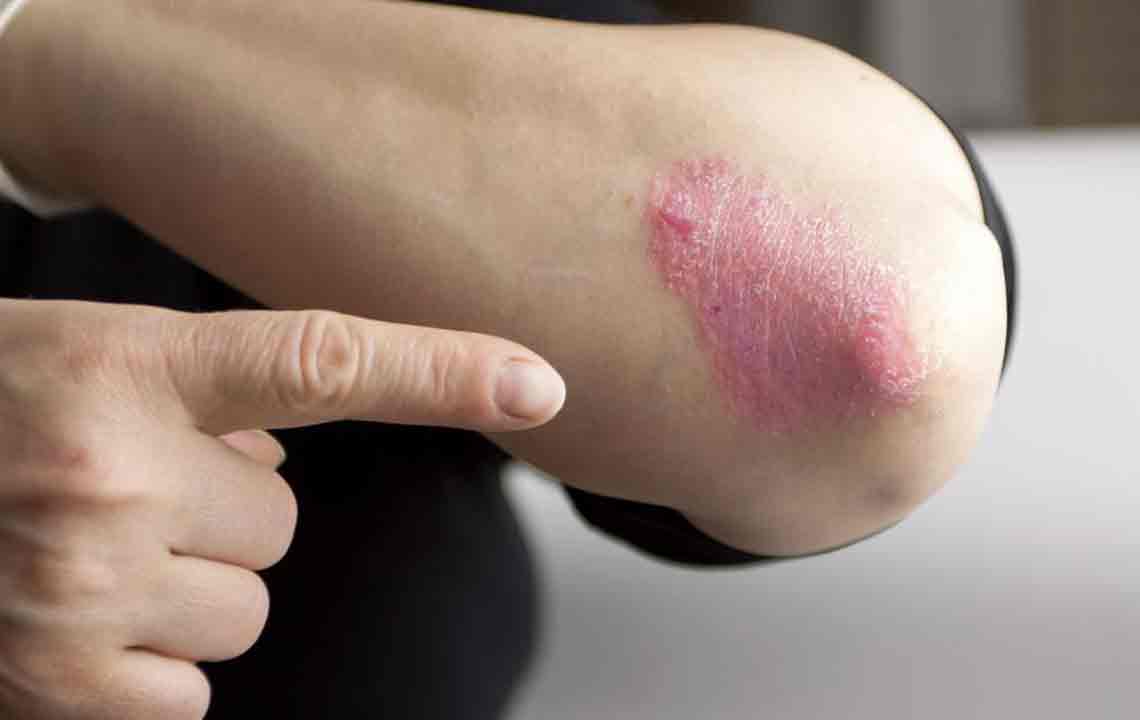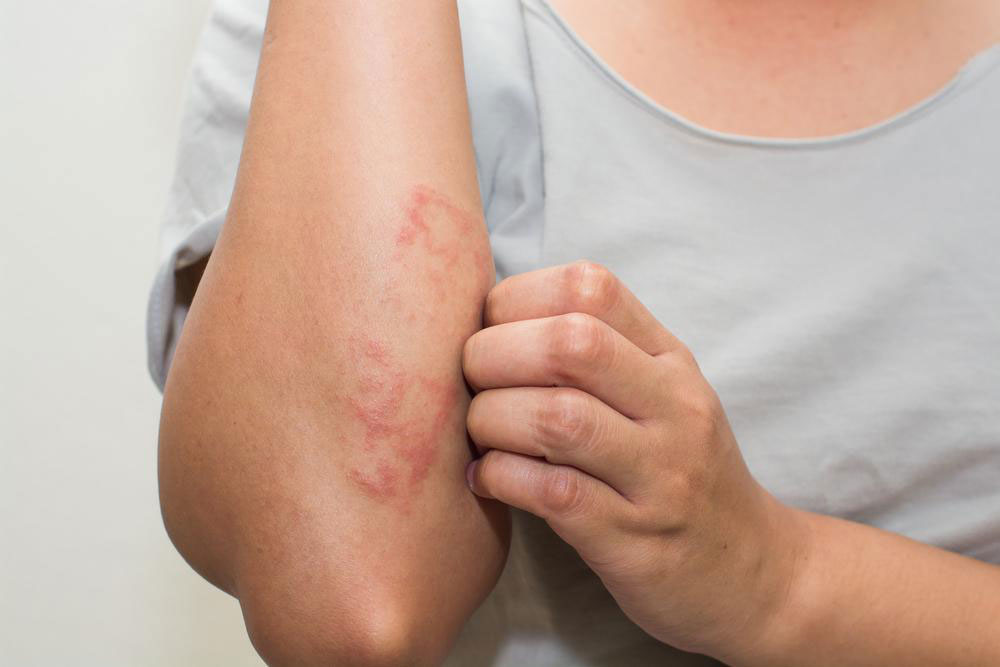Comprehensive Dietary and Treatment Approaches for Managing Mycosis Fungoides
Discover comprehensive strategies for managing Mycosis Fungoides, including medical treatments and dietary adjustments. Learn how lifestyle modifications and targeted therapies can improve outcomes and slow disease progression in this detailed guide.

Understanding Dietary Strategies and Medical Treatments for Mycosis Fungoides
Mycosis Fungoides is an uncommon type of cutaneous T-cell lymphoma, primarily affecting the skin. It is most frequently diagnosed in adults over the age of 50 and tends to progress slowly over time. The disease involves malignant lymphocytes, a type of white blood cell, which infiltrate the skin, leading to a variety of skin lesions that can range from patches and plaques to tumors. While the exact cause of Mycosis Fungoides remains unknown, it is understood that both genetic factors and environmental exposures may play a role in its development. Managing this condition requires a comprehensive approach that combines medical treatments with careful dietary considerations to optimize patient outcomes and slow disease progression.
Medical management of Mycosis Fungoides is tailored to the disease stage and extent. Early-stage disease often responds well to skin-directed therapies such as topical corticosteroids, phototherapy (including UVB and PUVA treatments), and photodynamic therapy, which uses light-sensitive drugs to target aberrant cells. As the disease advances, more aggressive treatments may be necessary, including radiation therapy, systemic chemotherapies, immunotherapies, and targeted drug therapies that specifically attack malignant lymphocytes. The goal of these treatments is to alleviate symptoms, induce remission, and prevent progression. Regular monitoring and personalized treatment plans are essential due to the variable nature of the disease.
Beyond medical interventions, diet plays a significant role in managing Mycosis Fungoides. Certain foods can influence immune function and may either support or hinder treatment efficacy. Patients are advised to avoid specific foods that are thought to interfere with treatment or worsen symptoms. Notably, foods such as bell peppers, margarine, amaranth, and coriander contain compounds that may negatively impact immune responses or interact with medications. Conversely, incorporating anti-inflammatory foods, rich in omega-3 fatty acids, antioxidants, and vitamins, can support overall skin health and immune function.
Maintaining a balanced diet rich in vegetables, fruits, lean proteins, and whole grains is vital. Hydration is equally important, as well-hydrated skin can reduce discomfort and improve healing. Patients should consult with dietitians or healthcare providers to develop customized meal plans that complement their treatment regimens. Additionally, addressing lifestyle factors such as stress management, avoiding skin irritants, and practicing good skin hygiene are crucial components of disease management.
Emerging research continues to explore new therapeutic options and the role of nutrition in modulating disease activity. Patients diagnosed with Mycosis Fungoides should remain engaged with their healthcare team to stay informed about ongoing clinical trials and novel treatments. Implementing dietary strategies alongside medical treatments holds promise in improving quality of life, slowing disease progression, and enhancing overall prognosis. Therefore, a multifaceted approach that combines targeted therapies with mindful dietary adjustments offers the best prospects for managing this complex skin lymphoma effectively.





